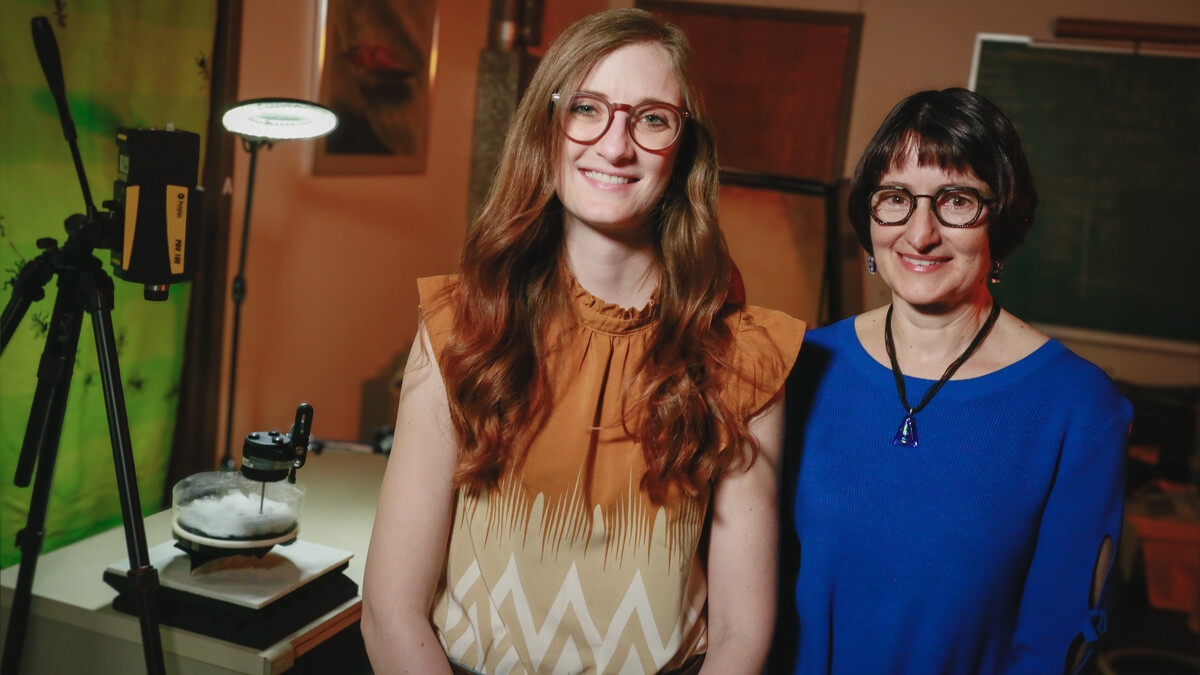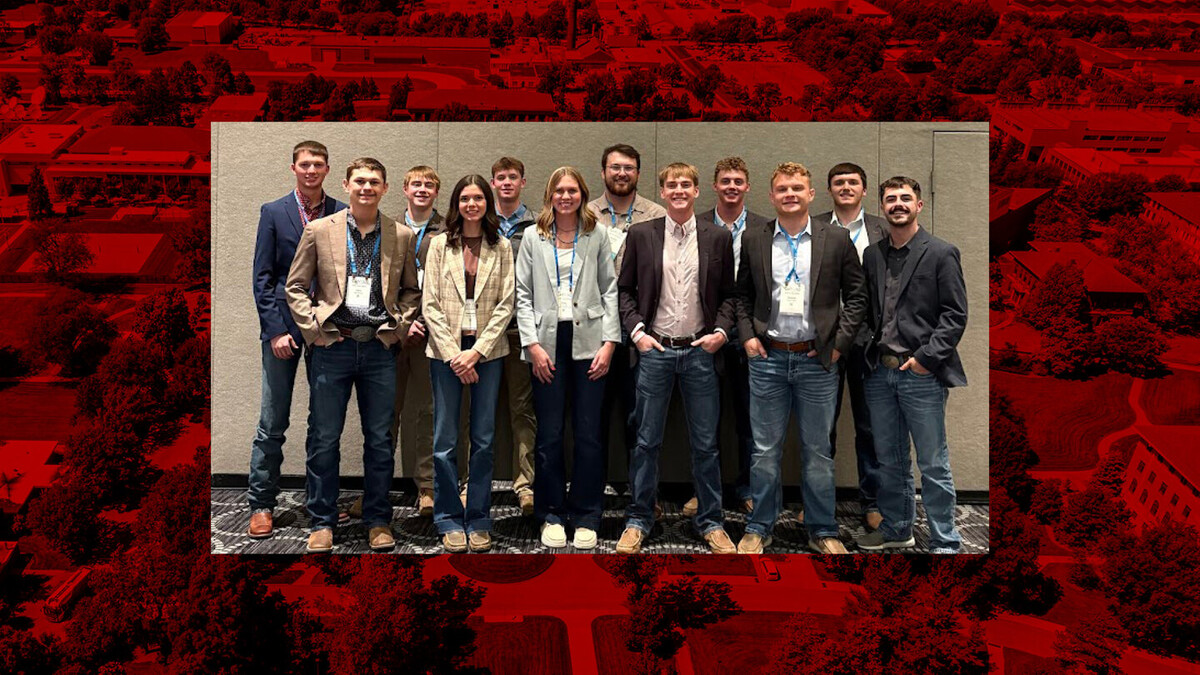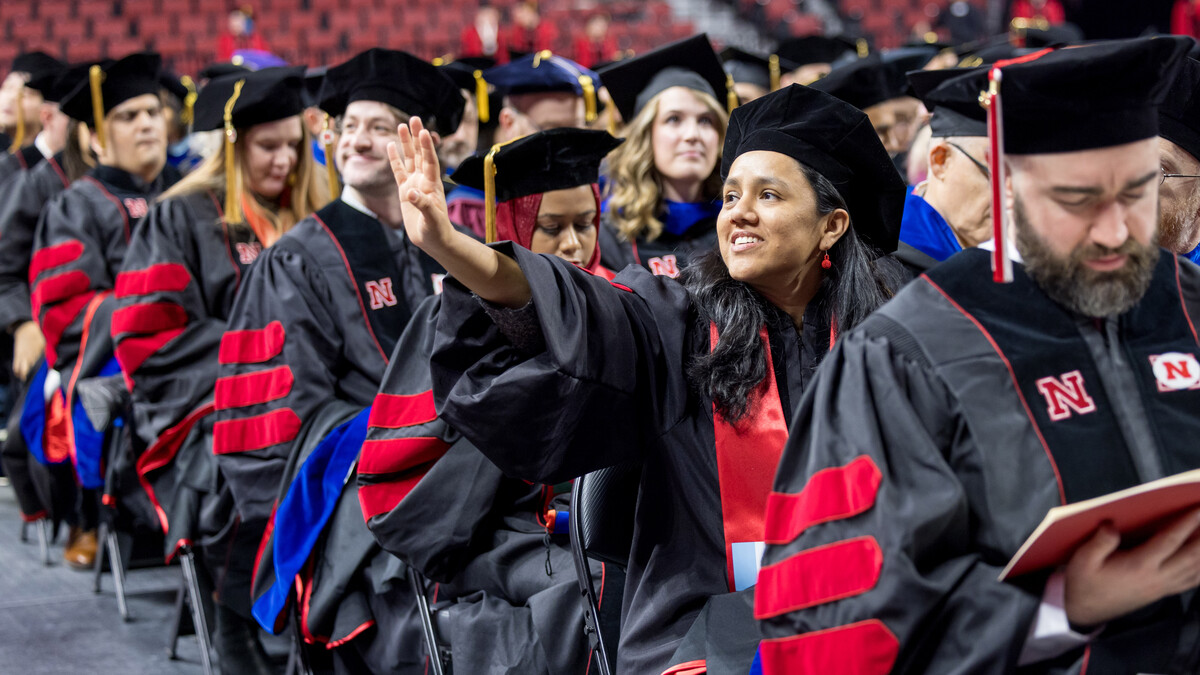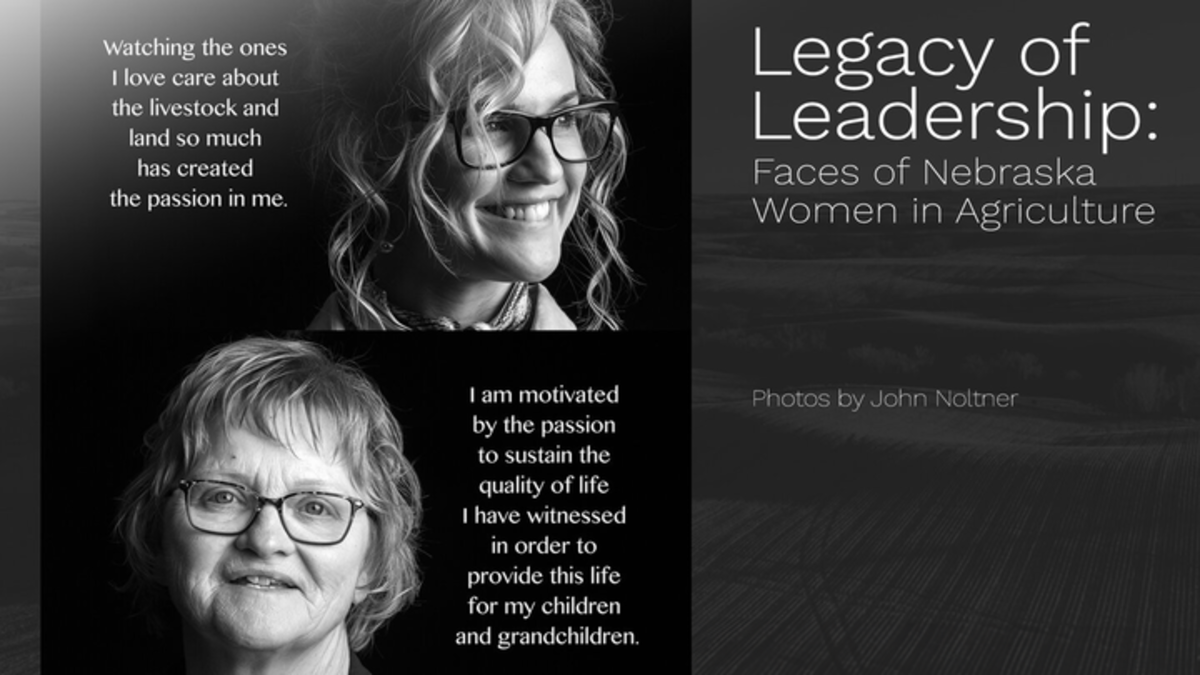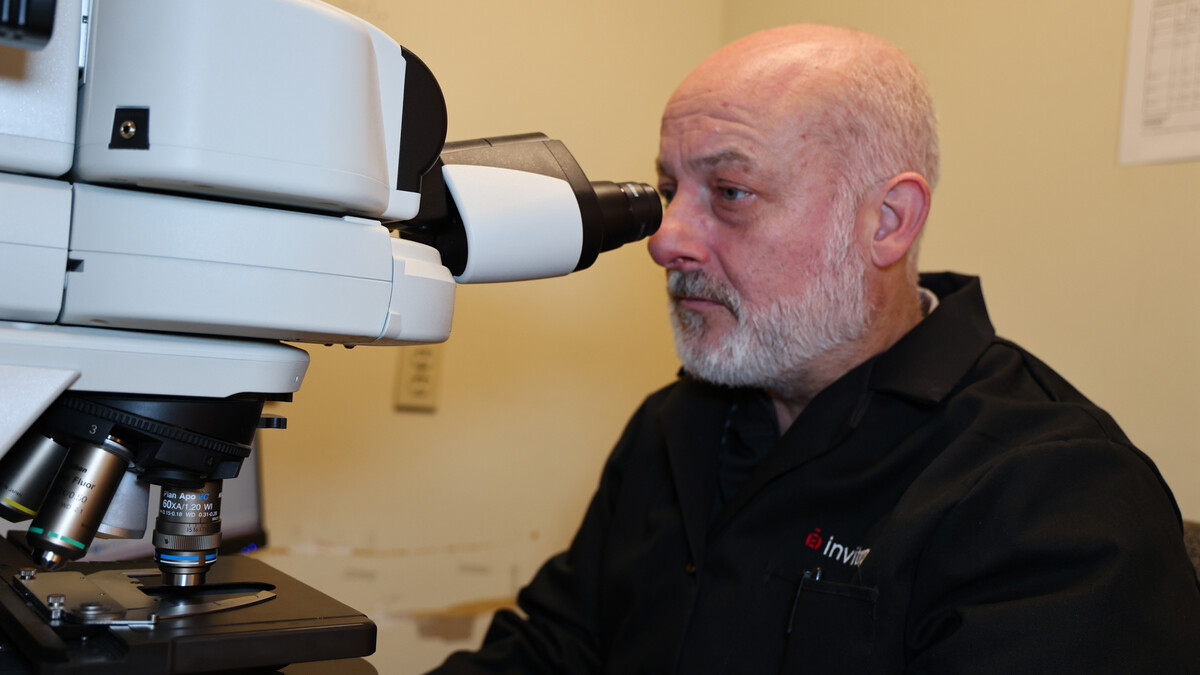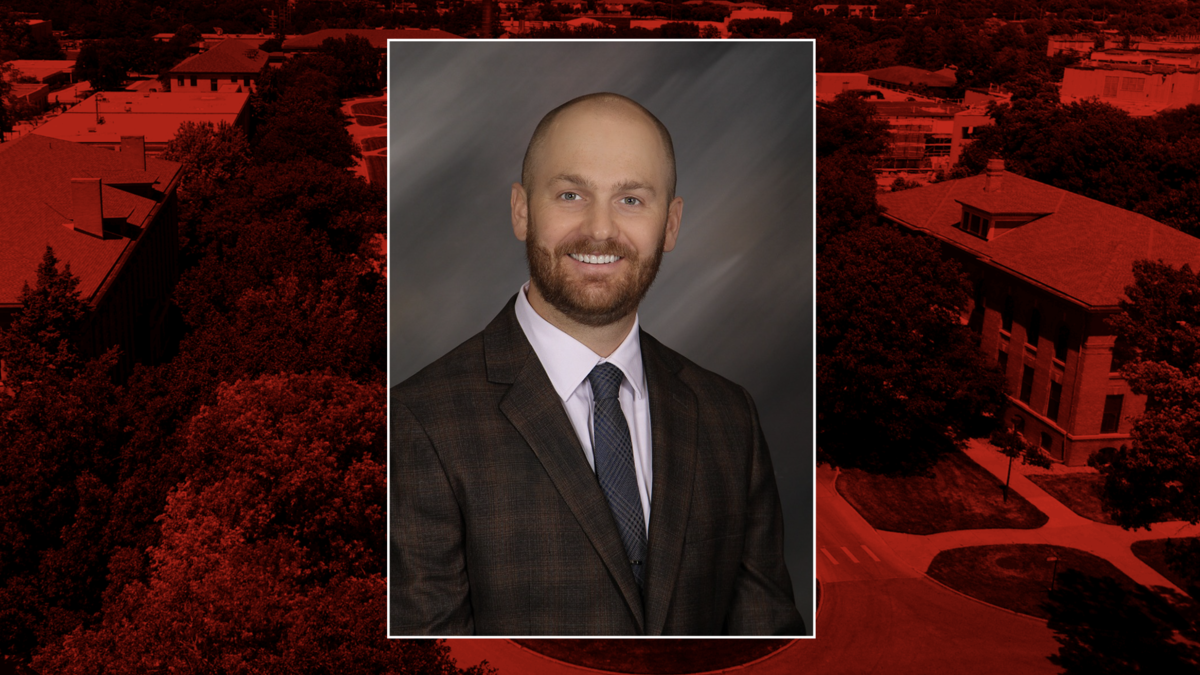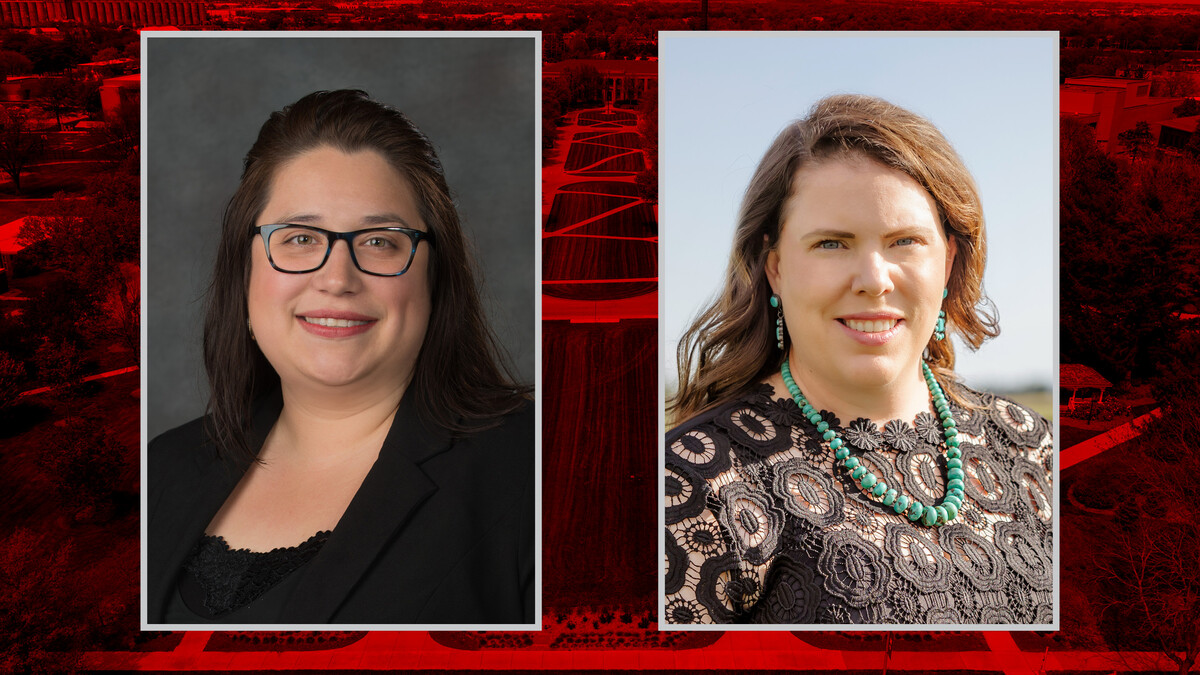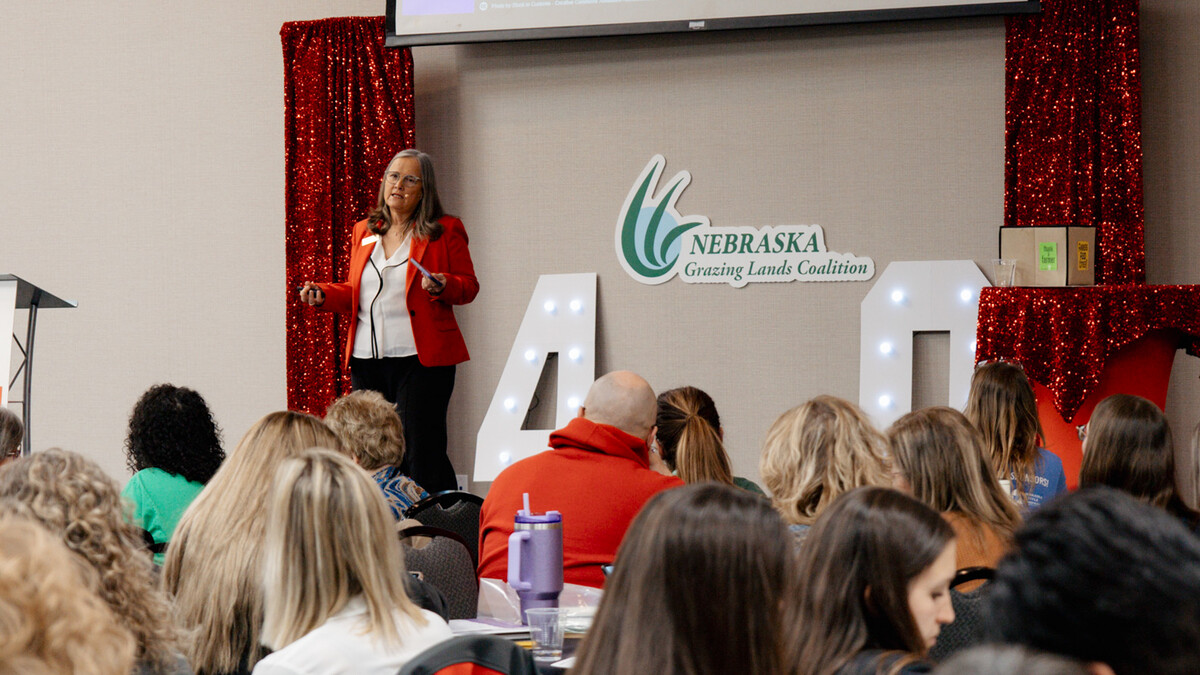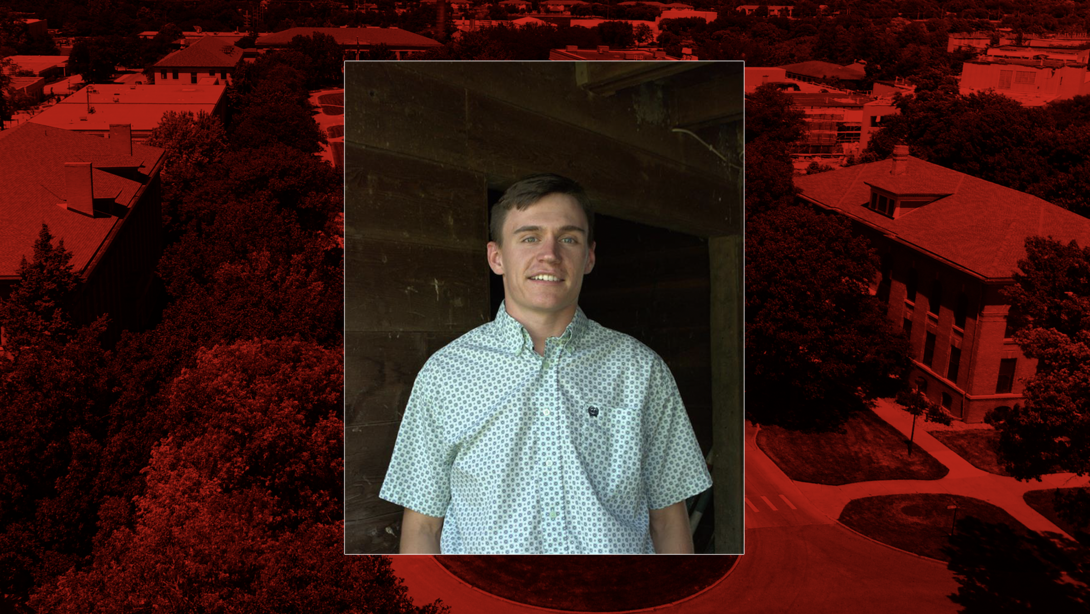
Nebraska is doing incredible research in the area of animal science and especially bunk management. Just ask Carsten Loeske. He has never been one to stay put in an office, being constantly pulled to Nebraska agriculture. Through his work as a graduate student in the Department of Animal Science at the University of Nebraska-Lincoln, he gets to experience the amazing findings occurring in the Nebraska beef industry.
Loeske and other graduate students in the Animal Science Department are continuing research to benefit the management of animal nutrition. There are two main systems: an ad libitum system and a clean bunk system. With the ad libitum system, cattle have access to food and water at all times. With the clean bunk system, cattle eat all of their food right when it is given.
“You look at some of these smaller communities and you see the same thing,” Loeske said. “You see people who have farmed the same ground for over 100 years.”
Loeske is a part of the seventh generation of his family farm and feedlot operation in Columbus, Nebraska. Both of his parents and oldest sister are veterinarians. He received his undergraduate degree in ag economics and is now pursuing a masters degree in ruminant nutrition.
Loeske has also gained many skills and knowledge from his classes and time at UNL. He credits Galen Erickson, Nebraska Cattle Industry Professor of Animal Science, for enhancing his interest in feedlot nutrition.
“My goal has always been to return back to our family operation,” Loeske said. “The University of Nebraska-Lincoln has an excellent ruminant nutrition program. After taking a feedlot management class my senior year, I decided to get my master’s.”
Erickson gave a lecture about adaptation of rations, and Loeske remembers getting into a conversation with him about rations and the impact on cattle nutrition.
Loeske has loved working in Mead, Nebraska, at the feed technology center where graduate students like himself ran a trial on feed intake of cattle.
“There are instant tech bunk systems and you assign an animal to a bunk, and that bunk to a time schedule,” he said. “Our times were 12, 15,18, 21 and 24 hours. All cattle were fed at 8:30 a.m. and would not be fed again until their hours had passed.”
The bunk management research that Loeske is conducting is critical to making sure farmers and ranchers are the most efficient they can possibly be.
Technology could be a major part of feedlot management in the future, he noted. “I have seen a self-driving feed truck going to feed cattle and an automated bunk reader, which would estimate the amount of feed that is left in a bunk,” he said.
The technology also will make the jobs of feedlot workers easier and more efficient. “What I like about the feedlot industry is that it is so labor intensive there's so many things you can’t do with technology,” said Loeske. This new technology should be very exciting to producers to use to benefit their operations.
“People from Nebraska are proud of their community. They invest in their community and stay in their community,” he said. “We can still have smaller family farming operations that are profitable and still efficient.”
Loeske has loved his time working with students in the graduate program and working out in the feedlots. Even with all of the early mornings, he would not trade the friendships and knowledge he has gained for anything.
